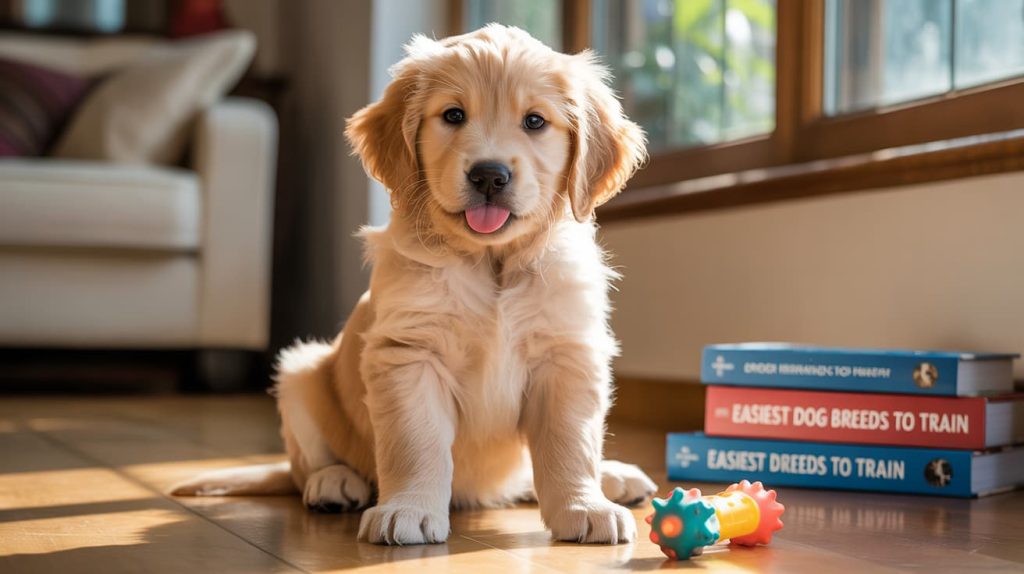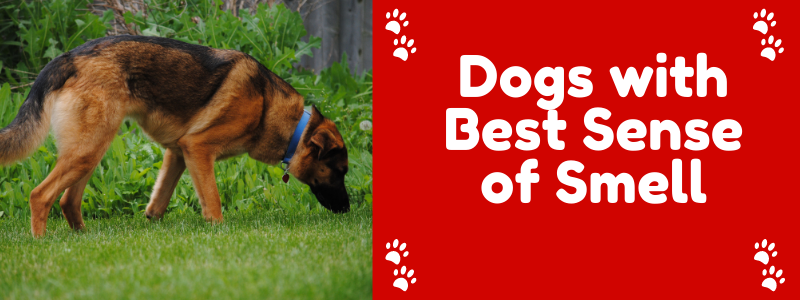If you’ve ever watched a dog ignore you like you’re invisible, you know training isn’t always a walk in the park. Some pups just get it—while others look at you like you just asked them to solve quantum physics. If you’re new to the dog world and want a buddy who actually listens (at least most of the time), you’re in the right place.
Here are 10 dog breeds that make training feel less like a battle and more like a bonding session—perfect for beginners who want a smart, eager-to-please furry friend.
1. Border Collie – The Overachiever
If dogs went to school, the Border Collie would sit in the front row, raise their paw every time, and probably tutor the other pups after class.
These dogs are brilliant, driven, and always ready to work. They pick up new commands faster than most people remember their Netflix password.
Why they’re easy to train:
- Highly intelligent and focused
- Love having a “job” or purpose
- Thrive on praise and mental stimulation
Training tip: Keep sessions short and challenging. They get bored easily—like, “I’ve already mastered sit, now teach me calculus” kind of bored.
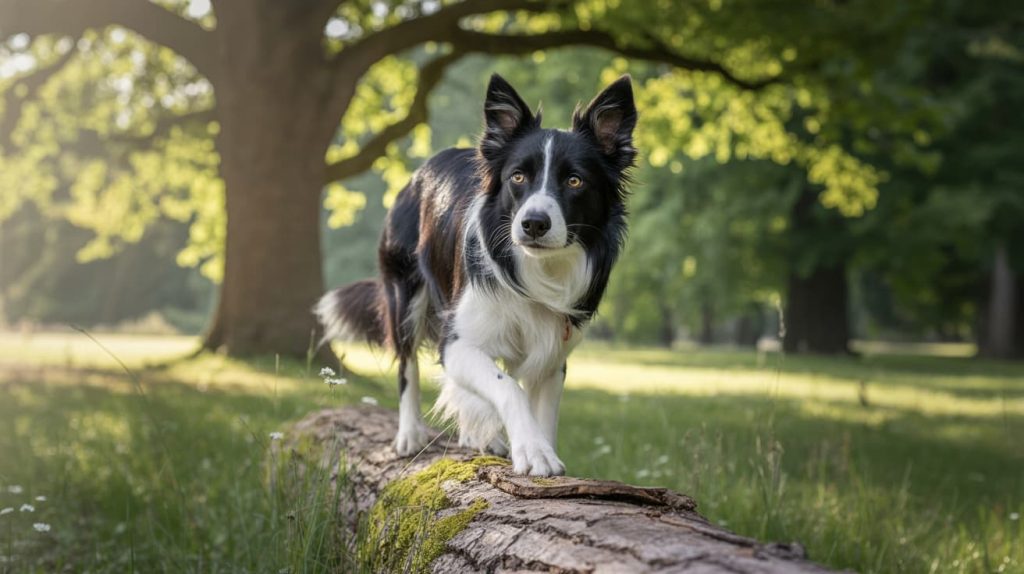
2. Labrador Retriever – The People-Pleaser
Labs are the friendliest overachievers you’ll ever meet. They’re so eager to make you happy that they’ll probably fetch you the TV remote before you even ask.
These dogs respond well to positive reinforcement and are often used as guide dogs or therapy companions because of their patience and intelligence.
Why they’re easy to train:
- Naturally social and people-oriented
- Motivated by food (seriously, anything edible works)
- Gentle and forgiving, even if you make training mistakes
Training tip: Use treats wisely, or your Lab will start training you to hand out snacks on command.
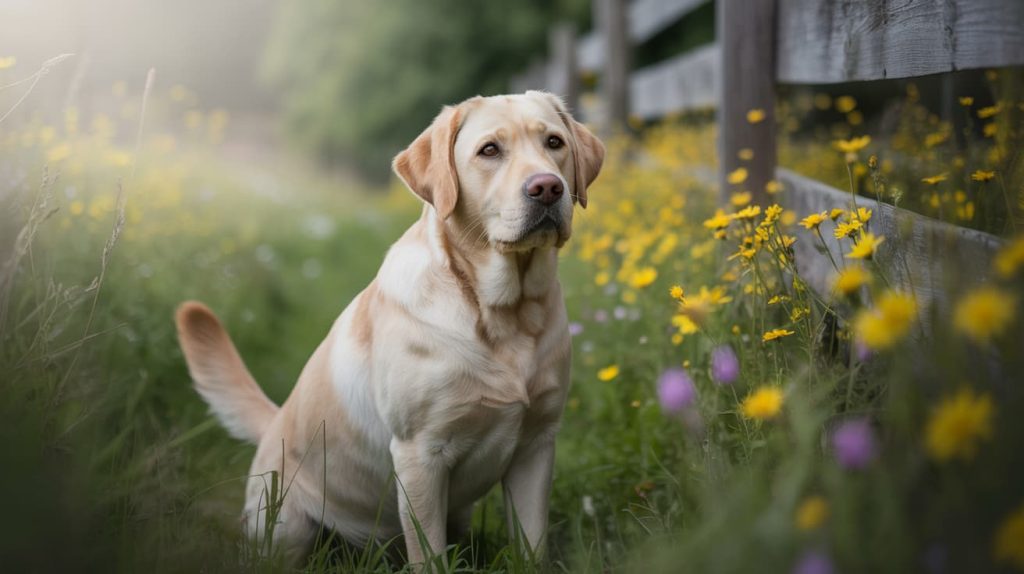
3. Golden Retriever – The Sweet Student
Golden Retrievers are basically the teacher’s pets of the dog world—friendly, loyal, and always ready to please.
They thrive on love and attention, which makes them perfect for families or first-time dog owners. They learn fast because they genuinely want to make you happy (and maybe get belly rubs as payment).
Why they’re easy to train:
- Highly sociable and cooperative
- Gentle nature suits all experience levels
- Love learning new tricks
Training tip: Keep things fun and upbeat. Goldens respond best to cheerful tones and positive energy.
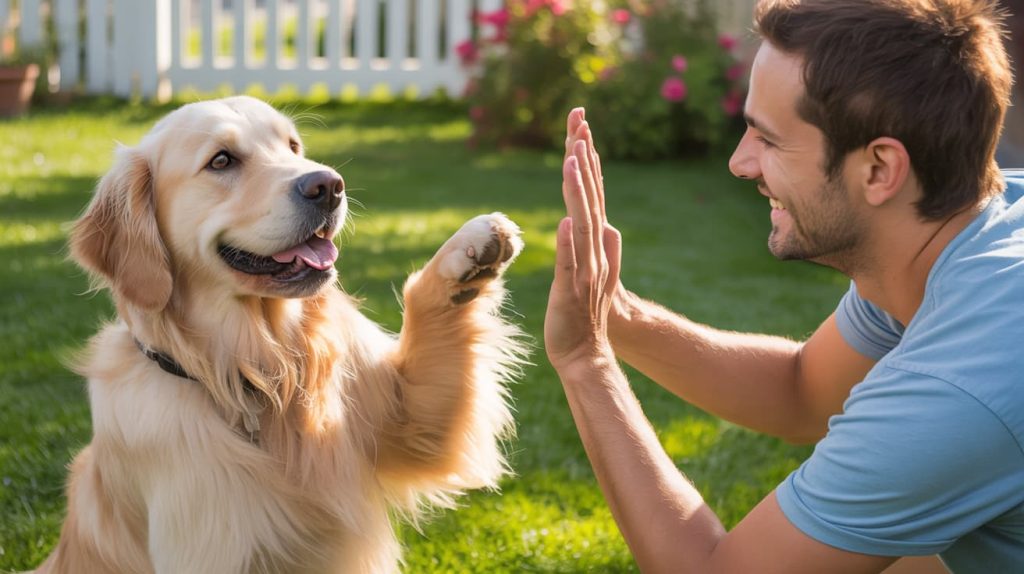
4. Poodle – The Smart, Stylish One
Don’t be fooled by their fluffy coats—Poodles are one of the smartest dog breeds on the planet. Whether you go for the Toy, Miniature, or Standard size, they’re all quick learners with great focus.
They also love showing off, so teaching them tricks feels more like performing than training.
Why they’re easy to train:
- Extremely intelligent and alert
- Enjoy challenges and puzzles
- Very responsive to voice commands
Training tip: Mix it up! They get bored with repetition, so throw in a variety of tricks and tasks to keep them engaged.
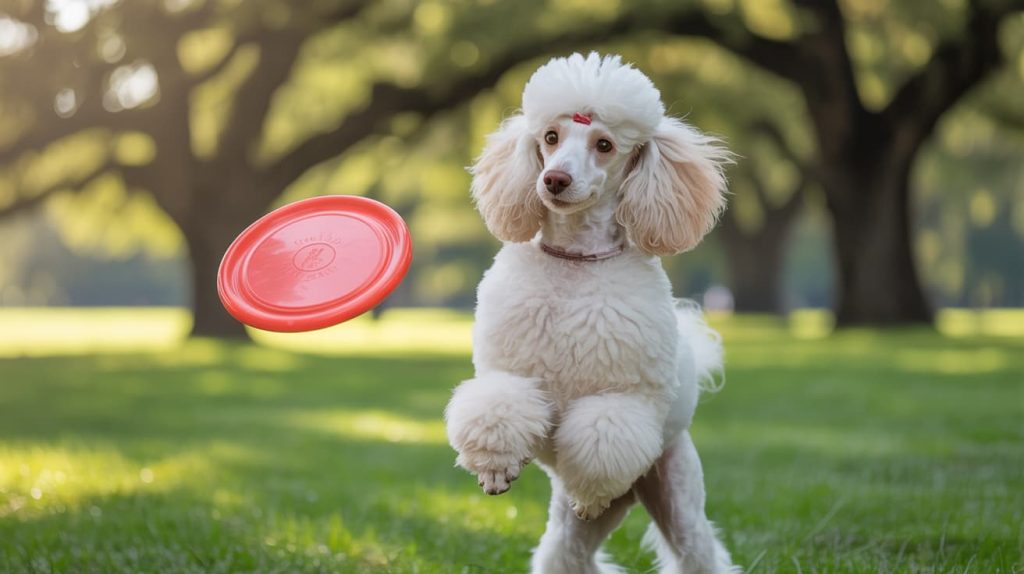
5. German Shepherd – The Loyal Protector
German Shepherds take their job seriously—whether it’s guarding your home or guarding your sandwich. They’re incredibly intelligent, focused, and obedient when trained right.
This breed thrives under structure and loves having clear rules to follow.
Why they’re easy to train:
- Quick learners with strong work ethic
- Respond well to consistent routines
- Eager to protect and please their owners
Training tip: Start early and stay firm but kind. They respect confident leadership.
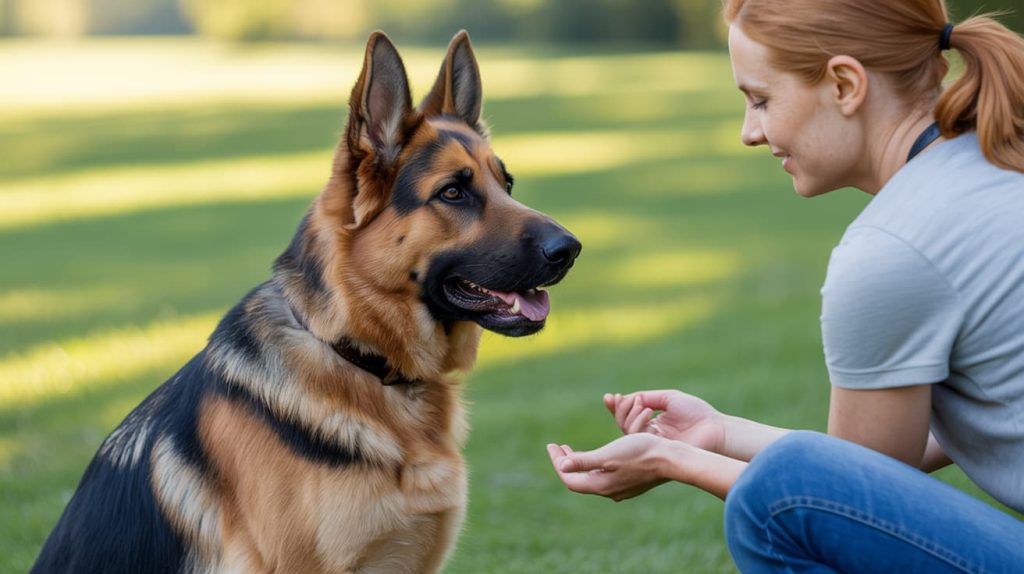
6. Papillon – The Tiny Genius
Papillons might look like delicate lap dogs, but don’t let their size fool you—they’re sharp, confident, and surprisingly athletic.
They pick up tricks like pros and love mental games. Plus, their enthusiasm makes training sessions feel like playtime.
Why they’re easy to train:
- Energetic and highly responsive
- Love learning tricks and performing
- Great for apartment living and first-time owners
Training tip: Use light, upbeat tones. They’re sensitive and don’t respond well to harsh corrections.
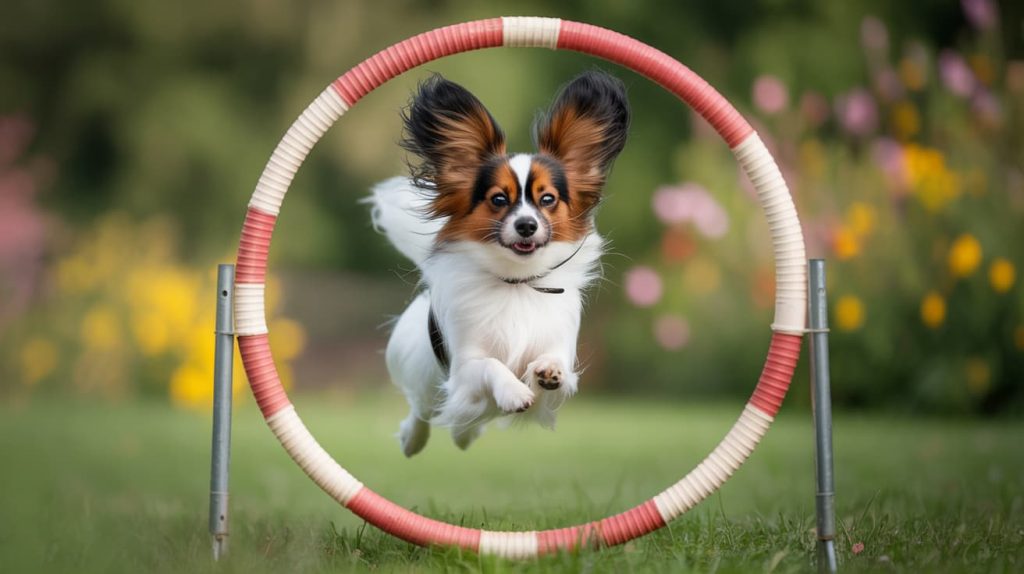
7. Shetland Sheepdog – The Mini Collie
Think of the Shetland Sheepdog as a Border Collie’s smaller, slightly fluffier cousin. They’re quick thinkers with a strong instinct to please their humans.
Shelties thrive on structure and mental stimulation, which makes them a dream for anyone who loves interactive training.
Why they’re easy to train:
- Extremely intelligent and focused
- Respond well to voice commands
- Excel in agility and obedience training
Training tip: Keep them busy! A bored Sheltie may invent their own games—like herding your socks.
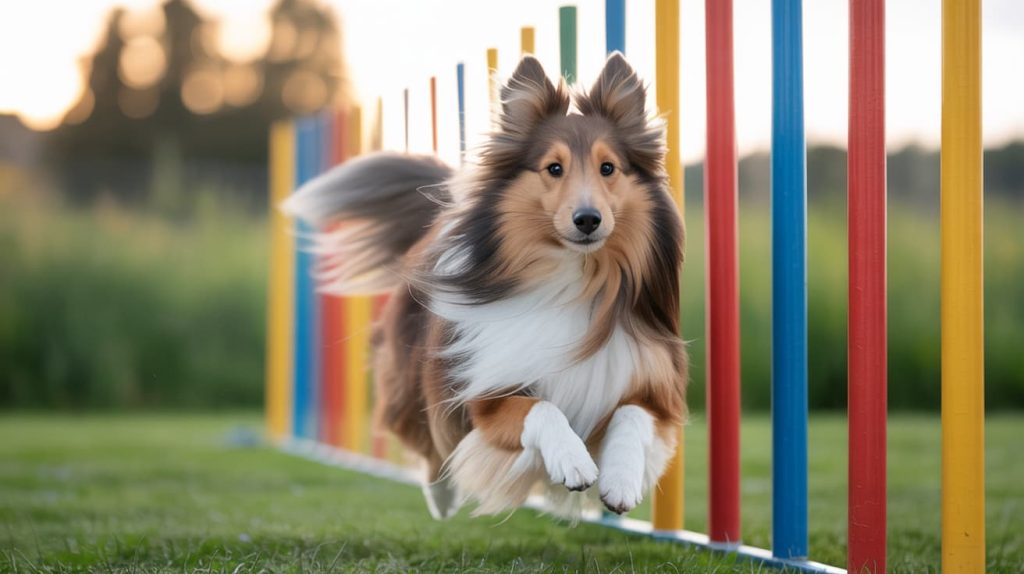
8. Corgi – The Short-Legged Smarty
With their tiny legs and big personalities, Corgis are natural scene-stealers. But behind the cuteness is a clever, hardworking dog that loves to learn.
Originally bred for herding, they respond well to commands and enjoy structured activities.
Why they’re easy to train:
- Intelligent and eager to please
- Respond well to positive reinforcement
- Have a strong herding instinct that makes them attentive
Training tip: Watch the snacks—they’re food-motivated and can get a bit chunky if you’re too generous.

9. Doberman Pinscher – The Disciplined Athlete
Dobermans are sharp, loyal, and athletic. They’re known for their protective instincts, but they’re also incredibly obedient when trained correctly.
They love having a purpose and respond best to confident, calm trainers.
Why they’re easy to train:
- Highly intelligent and alert
- Strong bond with their owner
- Excel in obedience and protection training
Training tip: Stay patient and confident. Dobermans mirror your energy—if you’re calm, they’ll be calm.
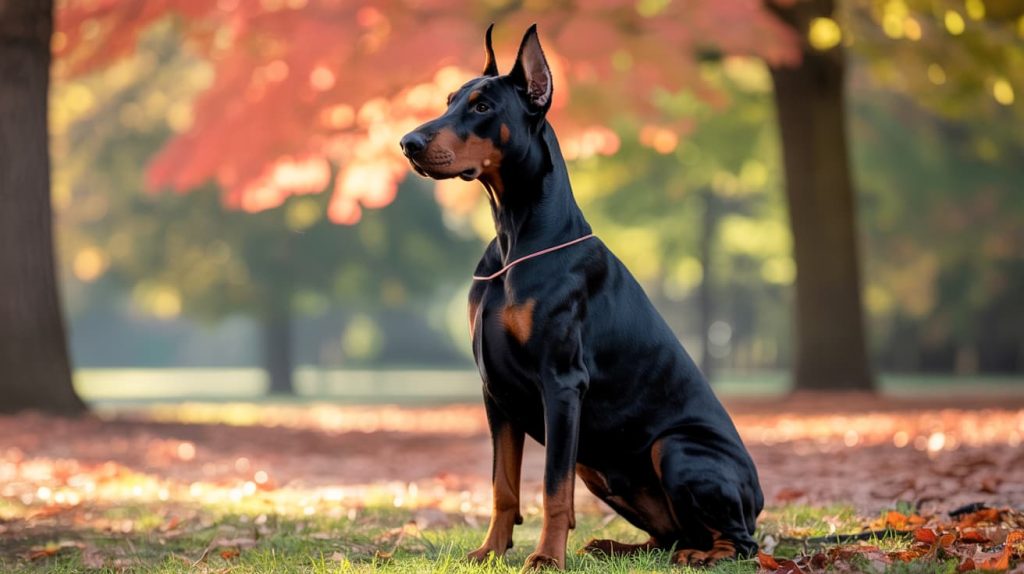
10. Boxer – The Goofy Student
Boxers are playful goofballs with a surprising amount of smarts. They might clown around, but when it’s time to focus, they give it their all.
With consistent training and positive vibes, Boxers can become incredibly well-behaved companions.
Why they’re easy to train:
- Intelligent and affectionate
- Respond well to reward-based training
- Enjoy interactive sessions with lots of movement
Training tip: Keep it fun. Mix obedience with games—they learn best when they’re having a blast.
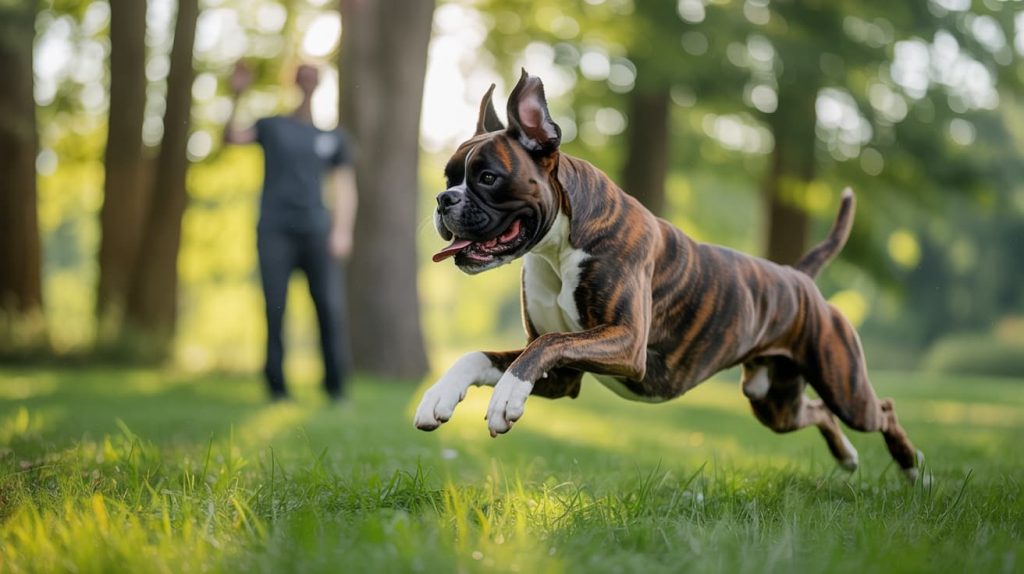
🦴 Final Thoughts
Training your dog doesn’t have to feel like a full-time job. Choosing a breed that’s naturally eager to learn makes everything smoother and a lot more fun.
If you’re new to dog ownership, start with a breed that loves structure and enjoys bonding time. You’ll both have more fun, fewer frustrations, and way more success stories to brag about.
And hey—remember to celebrate the small wins. Even if your dog only learns “sit” today, that’s still a step closer to a well-behaved best friend (and fewer “oh no, not the shoes again” moments).

